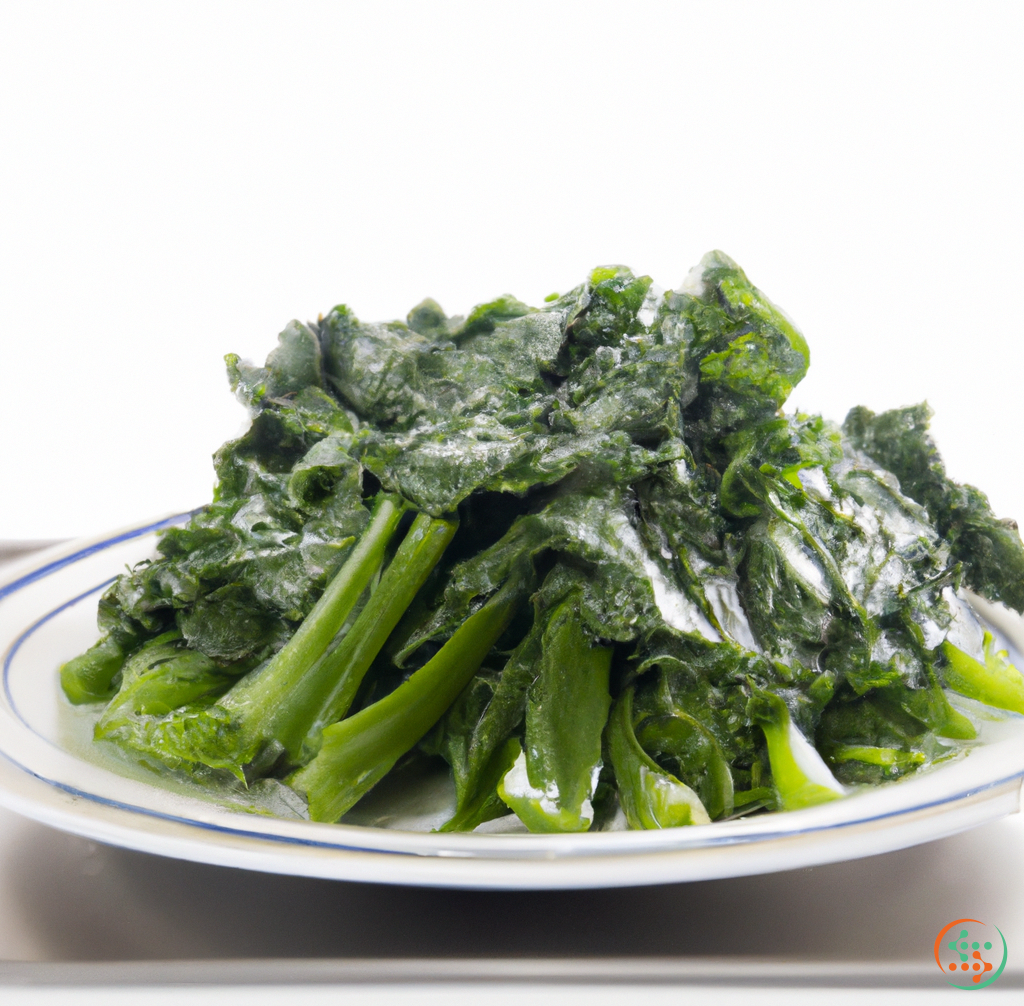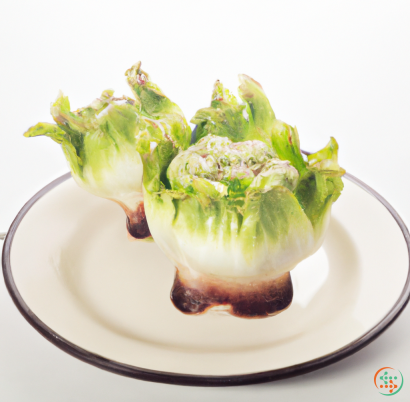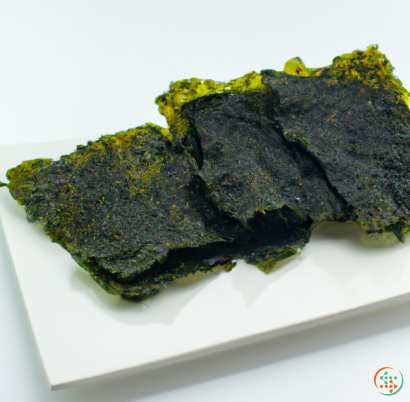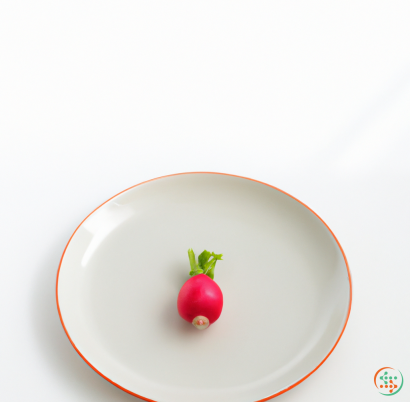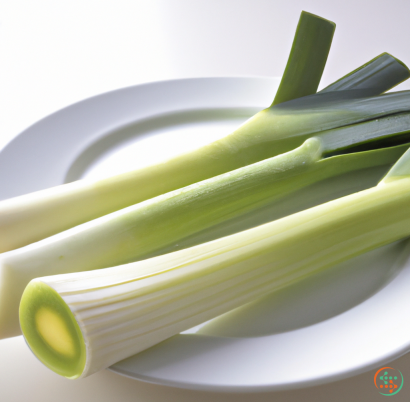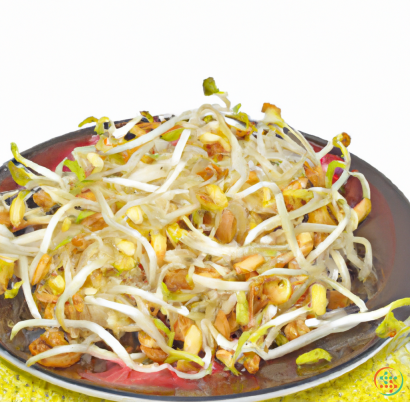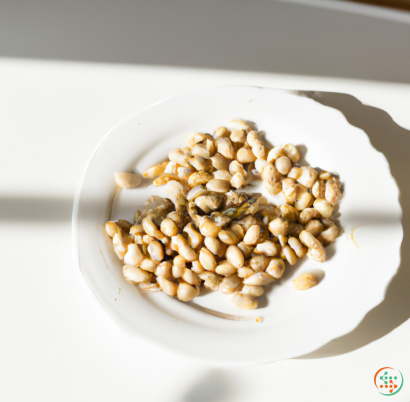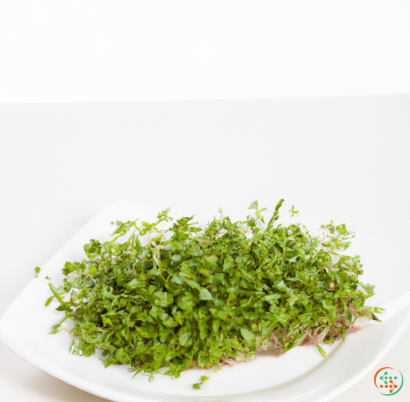Rapini
What is Rapini?
Rapini is a leafy green vegetable with a strong, nutty flavor and a slightly bitter taste. It is also known by its many other names, including broccoli raab, broccoli rabe, rapa, raab, and cavolo, to name a few. It is most commonly referred to as rapini in North America, however.
Rapini is an incredibly versatile vegetable enjoyed in many cultures. It originated in Italy and is used in both raw and cooked preparations. When cooked, its bitter flavor mellows and it develops a sweet, nutty flavor. This vegetable is gaining popularity among chefs for its unique flavor and texture.
Highly Nutritious Vegetable
Rapini is a highly nutritious vegetable. It contains Vitamins A and C, calcium, iron, and dietary fiber. It’s also a good source of antioxidants, including polyphenols and flavonoids. These compounds help to promote health and well-being since they reduce cell damage caused by free radicals.
Rapini is also a great source of Omega-3 and Omega-6 fatty acids, which are necessary for the body’s optimal functioning. It is a low-calorie food and can be eaten as part of a healthy diet due to its many nutritious components.
Health Benefits of Rapini
Rapini is a great source of dietary fiber which helps digestion and can regulate cholesterol levels. Eating a diet rich in dietary fiber can also be beneficial when it comes to weight control and blood sugar regulation.
It’s also rich in polyphenols and flavanoids, which can help reduce oxidative stress, protect against cardiovascular diseases, and reduce inflammation.
The antioxidants present in rapini have also been found to have anti-cancer properties. Research suggests that the polyphenols in rapini can help in preventing and treating tumors, as well as protecting healthy cells from cancer-causing chemicals.
Studies have also found that consuming rapini can help reduce the risk of type 2 diabetes. This is due to its polyphenols, which can reduce insulin sensitivity and help maintain it throughout the day.
Eating rapini may also reduce the risk of eye-related problems such as cataracts, night blindness, and age-related macular degeneration. This is thanks to its plentiful Vitamin A content, which can help protect the eyes from damaging ultraviolet rays.
Cooking with Rapini
Although rapini can be eaten raw, it is most commonly prepared as part of a cooked dish due to its bitter flavour. Rapini can be steamed, boiled, sautéed, or stir-fried. It’s also very versatile and can be incorporated into pasta dishes, soups, stews, salads, or other side dishes.
When prepping rapini, one should remove and discard any tough stalks and bruised leaves. Then, it should be washed thoroughly and the leaves should be cut into smaller pieces before cooking.
One of the simplest and most delicious ways to enjoy rapini is to sauté it with olive oil and garlic. The rapini will become tender and nutty and the garlic adds great flavor. Additionally, rapini can be added to pasta dishes, such as orecchiette with rapini and anchovies, or to soups, stews, and casseroles.
Conclusion
Rapini is a versatile, highly nutritious green vegetable with many health benefits. It is often referred to as broccoli raab, broccoli rabe, rapa, raab, and cavolo, and is most commonly referred to as rapini in North America. It has a strong, nutty flavor and a slightly bitter taste, which mellows and sweetens when cooked. It contains numerous vitamins and minerals, as well as dietary fiber, antioxidants, and Omega-3 and Omega-6 fatty acids. Rapini has been found to reduce oxidative stress, protect against cardiovascular diseases, reduce inflammation, and help reduce the risk of type 2 diabetes and eye-related problems. Rapini can be eaten raw or cooked, and can be incorporated into a variety of dishes, from pasta dishes to casseroles, soups and stews.
Introduction
Many of us are familiar with rapini, the leafy green vegetable that's commonly found in Mediterranean and Italian dishes. The vegetable, also known as broccoli rabe, is a relative of the turnip and has been around since ancient times. It features iron-rich leaves, small florets, and a unique flavor that has earned it fans around the world. A lot of work goes into growing and getting this vegetable to the dinner table, and in this blog post, we'll be looking at the journey rapini takes from its beginnings as a seed to a finished dish.
Planting Rapini
Before a rapini plant can reach a dinner plate, it first has to be planted. They are most commonly grown in temperate climates, with Mediterranean and western European regions being particular hot spots for rapini production due to their suitable conditions. The seeds are usually planted in late spring to early summer - typically in May and June - when the soil temperature is consistently higher than fifty-five degrees Fahrenheit.
Prior to planting, the soil must be prepared. The top several inches are removed and replaced with well-draining, fertile soil. For best results, this soil should also be fertile and heavily amended with organic matter, such as compost, manure, and wood mulch. This will help the rapini's roots take hold and will provide adequate nutrition throughout the growth stages.
Once the soil is ready, the rapini seeds are planted directly into it. Unlike other vegetables, they don't require any pre-germination and can be placed in the ground. The seeds should be planted ¼ to ½ inch deep in rows that are spaced about a foot apart. After planting, the soil should be kept adequately moist, as dry soil can cause the germination process to fail, resulting in fewer plants.
Rapini Cultivation and Growth
Once the rapini is planted, it begins to enter the growth stages. Rapinis are fast-growing leafy greens, and it takes only six weeks for them to reach maturity and be ready for harvest. During this period, it is important to continually monitor the soil's moisture content, as too-dry or too-wet soil can both cause stunted growth or even the plant's death. In addition, fertilizing and weeding should be done regularly to promote healthy growth and development of the plant.
Harvesting Rapini
Once the rapini has reached maturity, it is time for harvesting. This process generally happens about two months after the seeds were planted. Rapini should be harvested when the leaves turn dark green and when the stalks are firm and thick. The ideal time for harvesting is typically early in the morning, as long exposure to the sun can cause the leaves to wilt and lose flavor and nutrients.
Rapini is typically harvested by hand, with a knife being used to cut off the head of the plant just above the base. This ensures that some of the leaves remain at the bottom of the plant, so the plant will continue to produce new heads. In addition, any discolored leaves should be removed and discarded immediately, as they are no longer edible.
Rapini Preparation
Once the rapini is harvested, the next step is to prepare it for consumption. This involves washing the greens thoroughly and removing any remaining dirt or debris. Next, the florets should be separated from the stalks; the florets can be cooked on their own or added to other dishes, while the stalks should be cut into bite-sized pieces.
Rapini can be prepared in a variety of ways, depending on the recipe. For instance, they can be steamed or boiled before they are added to a dish, or they can be stir-fried with other ingredients. While some people prefer to cook their rapini quickly on high heat, others like to simmer them for a more delicate flavor.
Rapini Travel
Once the rapini has been harvested and prepared, it can now travel to the dinner plate. Most fresh rapini is shipped from its growing region to consumers, either through stores or online delivery services. Since rapini is so delicate and perishable, it needs to be packed and stored properly for maximum freshness. For instance, if it's shipped in bulk, it should be stored in a way that prevents the greens from bruising and wilting.
Conclusion
Rapini is an iron-rich vegetable that has been around since ancient times, and today, its fame has spread far and wide. From its beginnings as a seed in the soil to its final journey to the dinner table, a lot of care and effort goes into getting rapini to our plates. Unlike most vegetables, it doesn't require any pre-germination and instead, should be planted ¼ to ½ inch deep in well-draining soil. Then, the rapini needs to be well watched during the growth stages and harvested when the leaves have turned dark green and when the stalks are firm and thick. Once harvested, it needs to be washed thoroughly, separated into florets and stalks, and prepared in different ways, depending on the recipe. Lastly, rapini is typically shipped from its growing region to consumers, either through stores or online delivery services, ensuring that we can enjoy it in all its freshness.
| Vitamin A | 0.131 mg | |
| Beta-Carotene | 0.001573 grams | |
| Vitamin E | 0.00162 grams | |
| Vitamin K | 0.224 mg | |
| Vitamin C | 0.0202 grams | |
| Vitamin B1 | 0.16 mg | |
| Vitamin B2 | 0.13 mg | |
| Vitamin B3 | 0.00122 grams | |
| Vitamin B4 | 0.0183 grams | |
| Vitamin B5 | 0.32 mg | |
| Vitamin B6 | 0.17 mg | |
| Vitamin B9 | 0.083 mg |
| Calcium | 0.108 grams |
Daily Value 1.3 g
|
| Iron | 0.00214 grams |
Daily Value 0.018 g
|
| Magnesium | 0.022 grams |
Daily Value 0.4 g
|
| Phosphorus | 0.073 grams |
Daily Value 1.25 g
|
| Potassium | 0.196 grams |
Daily Value 4.7 g
|
| Sodium | 0.033 grams |
Daily Value 2.3 g
|
| Zinc | 0.77 mg |
Daily Value 0.011 g
|
| Copper | 0.04 mg |
Daily Value 0.9 mg
|
| Manganese | 0.4 mg |
Daily Value 0.0023 g
|
| Selenium | 0.001 mg |
Daily Value 0.055 mg
|
| Tryptophan | 0.043 grams | |
| Threonine | 0.106 grams | |
| Isoleucine | 0.104 grams | |
| Leucine | 0.17 grams | |
| Lysine | 0.198 grams | |
| Methionine | 0.048 grams | |
| Cystine | 0.039 grams | |
| Phenylalanine | 0.128 grams | |
| Tyrosine | 0.075 grams | |
| Valine | 0.153 grams | |
| Arginine | 0.172 grams | |
| Histidine | 0.066 grams | |
| Alanine | 0.124 grams | |
| Aspartic Acid | 0.36 grams | |
| Glutamic Acid | 0.549 grams | |
| Glycine | 0.123 grams | |
| Proline | 0.131 grams | |
| Serine | 0.099 grams |
| Glucose | 0.1 grams |
|
| Fructose | 0.17 grams |
|
| Sucrose | 0.11 grams |
|
| Total Sugars | 0.4 grams |
per 100g
|
| Palmitic acid (16:0) | 0.04 grams |
|
| Stearic acid (18:0) | 0.01 grams |
|
| Total Saturated fatty acids: | 0.05 g | |
| Oleic acid (18:1) | 0.01 grams |
|
| Total Monounsaturated fatty acids: | 0.01 g | |
| Linolenic acid (18:3) | 0.11 grams |
|
| Linoleic acid (18:2) | 0.02 grams |
|
| Total Polyunsaturated fatty acids: | 0.13 g | |
